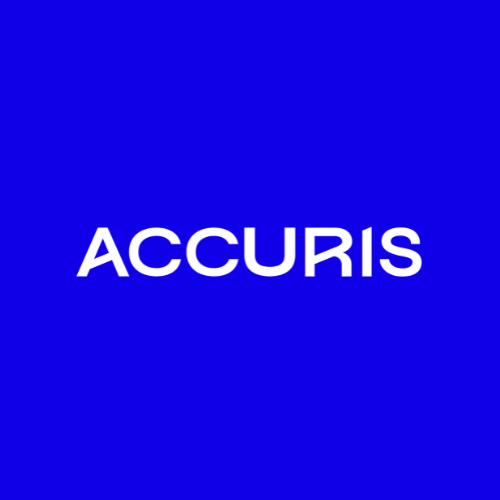The value of certain minerals (Conflict Minerals) and ensuing human rights abuses in conflict prone and destabilized regions has driven action from many governments and organizations attempting to make change in these regions. The Organization for Economic Co-operation and Development (OECD) is such an organization. The OECD provides guidance that helps companies contribute to sustainable development and responsibly source from CAHRAs. To this end, the OECD has developed a 5-step Framework which is the basis for most companies’ Conflict Mineral programs.
OECD 5-step Framework
- Establish strong management systems
- Adopt a policy for responsible supply chain of minerals
- Assemble an internal team with necessary budget and management
- Communicate company policy, actions, and expectations with suppliers
- Establish an internal system
- Identify, assess, and prioritize risks
- Work with Suppliers to identify Smelters
- Engage Smelters for RCOI (Reasonable Country of Origin Inquiry)
- Assess Smelter due diligence
- Manage risks
- Inform senior management of found risk
- Escalate uncooperative suppliers to senior management
- Disengage from suppliers associated with problematic smelters
- Manage risk
- Support Smelter or Refiner (SOR) audits
- Communicate and report on due diligence
- Publicly report on due diligence
- Focus on key findings and actions to address risk
OECD has developed a nationally and internationally known framework, OECD Due Diligence Guidance For Responsible Supply Chains of Minerals from Conflict-Affected and High-Risk Areas (CAHRA). This framework is the only one that meets the requirements of the US Securities Exchange Commission’s (SEC) Final Rules regarding conflict minerals, and has been adopted by virtually all reporting companies.
Without proper knowledge of the origin of minerals in a supply chain, an organization may be unknowingly contributing to human rights abuses, fuel armed militias, financing ecologically damaging activities, and putting their reputations at risk. Many electronics manufacturers are adopting their own Conflict Mineral Policies and Programs to ensure their compliance with U.S. SEC rules and to reflect their company’s values. The Accuris Conflict Mineral Platform is a key tool in supporting the necessary due diligence to gain visibility into your supply chain, implement your company’s policies and collect metrics to report on progress.
The first step in the process of assessing risk of conflict minerals is to perform a RCOI (reasonable country of origin inquiry) and follow up with necessary due diligence. One of the key tools for conflict mineral due diligence is the Conflict Minerals Reporting Template (CMRT). This is a vehicle used to share Tin, Tungsten, Tantalum, and Gold (3TG) Country of Origin (COO) information along with Smelter or Refiner (SOR) information.
The CMRT works with the Responsible Mineral Initiative’s (RMI’s) Responsible Minerals Assurance Process (RMAP) and is an Excel-based template available free of charge from RMI’s website. RMI updates the CMRT annually. For other minerals not covered by the CMRT, RMI provides the Extended Materials Reporting Template (EMRT) that supports Mica and Cobalt. RMI also provides the Pilot Reporting Template (PRT) that includes support for other minerals.
Once the CMRTs are obtained by a company, they must be assessed for red flags that could indicate heightened risks and often heightened due diligence. Some red flags to consider are: the minerals originate from the DRC/adjoining countries, suppliers don’t respond with a complete CMRT, suppliers declare a conflict metal but don’t supply a smelter, or if a supplier declares a non-certified smelter but claims they aren’t using metal provided by that smelter.
Once this CMRT content is collected and assessed, it can be used to create a manufacturer’s CMRT that reflects their complete supply chain and can be provided to downstream customers. This is a time-consuming and error prone process to do manually – but a breeze when using a tool like the Accuris Conflict Mineral Platform.
Electronic Product Manufacturers are increasingly using tools like the Conflict Mineral Platform to automate the collection, assessment, and follow-up of Conflict Mineral information as well as using it to automate the generation of their CMRT that reflects their company’s supply chain.

